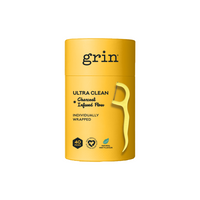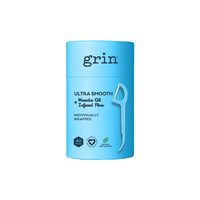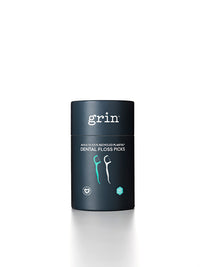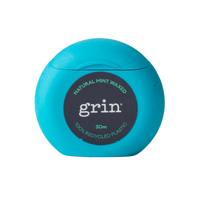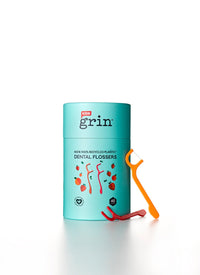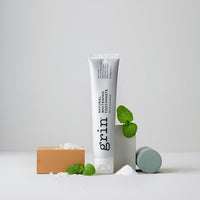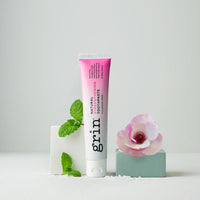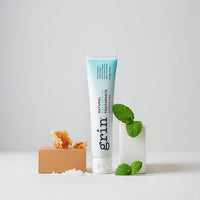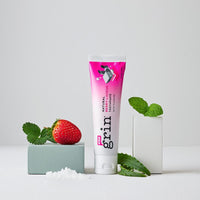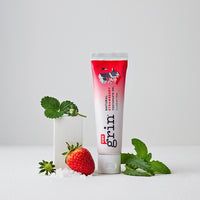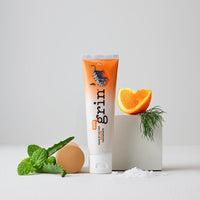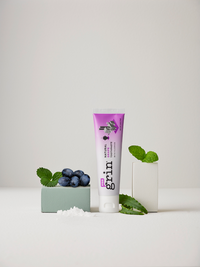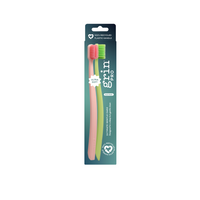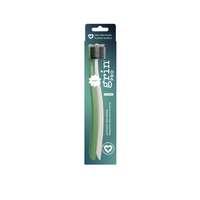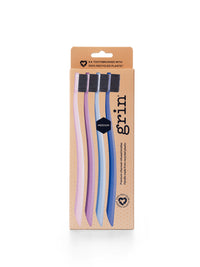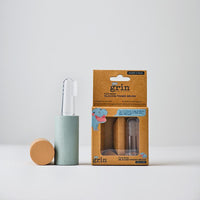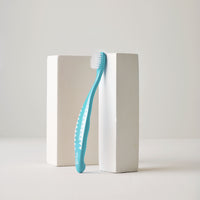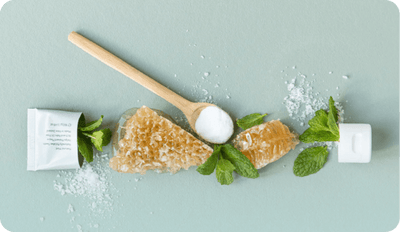Breastfeeding and Oral Health
As a pediatric dental hygienist and mother to a toddler, the topic of breastfeeding and oral health is near and dear to my heart. While the The American Academy of Pediatrics encourages mothers to breastfeed for the first 12 months of a child’s life, it is a mother’s personal choice. Whether you are breastfeeding or bottle feeding, oral health is affected by what foods and liquids your little one is getting.
When I first started practicing as a pediatric clinical dental hygienist, I did not have my son and knew very little about breastfeeding or how children’s oral health may be influenced by breast milk. After talking with a variety of mothers about their breastfeeding journey, I learned how every child’s needs are different and every mother’s routine of how they choose to nurse must be tailored to accommodate their baby. So, I began researching more about breastfeeding and how to encourage good oral health through the journey.
According to existing research, breast milk has not been epidemiologically associated with dental caries. 1-3 However, breast milk contains a sugar called lactose and 1 fluid ounce of breast milk contains roughly 2.1 grams of sugar, similar to many types of infant formulas. With that being said, the frequency of nursing is important to take into account when understanding how breastfeeding may impact your child’s oral health as well as the other foods and liquids your child is receiving (after six months of age).
The American Academy of Pediatrics recommends mother’s exclusively breastfeed for the first 6 months of life. After 6 months, it is recommended to provide your child with healthy, nutritious, solid foods in addition to breast milk for at least the first year of life. Infant tooth eruption typically begins around 6-8 months, meaning the frequency of nursing will not lead to dental decay if your child does not have teeth. With this being said, breastfeeding mother’s should not sacrifice nursing and feeding as often as their child desires because of fear of cavities when there are no teeth present. However, the American Dental Association encourages good oral health practices as early as a few days after your child is born. By wiping your child’s gums with a wet cloth after nursing or even breast milk bottle feeding, you are helping acclimate them to having someone’s fingers in their mouth at an early age. Additionally, by doing this you are helping remove the natural sugars that breast milk contains from the gums. Once your child’s first tooth erupts, begin introducing toothbrushing to remove those sugars.
The sugars that are naturally found in breast milk may interact with oral bacteria and lead to forming an acidic environment potentially resulting in an increased risk of developing cavities. Therefore once baby teeth have begun erupting, brushing away these sugars before your child falls asleep will help fight dental decay. Research has shown that breastfeeding more than 7 times a day after 12 months of age is associated with an increased risk of developing early childhood caries. 4 A one-year-old child is likely to have several teeth present meaning good oral hygiene practices and being mindful of their diet becomes even more important to help reduce the risk for developing cavities. A 1999 research study concluded that breast milk alone is not considered cariogenic (cavity-causing), rather breast milk in combination with a high sugar diet is considered to be highly cariogenic.5
The American Academy of Pediatrics encourages nursing mothers to remove their breast from their child’s mouth once they have fallen asleep. By doing this, you are helping reduce the amount of unswallowed milk that could rest on their teeth (if present) while sleeping and lead to an increased risk for developing cavities. Beyond your child’s first year, limiting the frequency of breastfeeding to 7 times a day can also play a role in reducing the risk for cavities. Additionally, beyond the first year of life when more teeth become present, it is important to not allow your child to nurse or bottle-feed themselves to sleep or wake up throughout the night desiring breast milk. If this does occur, try keeping a wet cloth close by to wipe away the sugars that rest on the teeth and gums to help reduce the chances of early childhood caries.
Wrap-Up:
- Breastfeeding alone does not cause cavities but may be associated with cavity formation when combined with a diet high in sugar.
- The frequency of breastfeeding may play a role in developing cavities for children that have teeth present.
- For children who have teeth erupting, avoid nursing to help fall asleep or brush immediately after to reduce the sugars from resting on tooth structures while sleeping.
- Begin wiping your child’s gums after nursing as soon as a few days after birth.

Using products such as Grin's baby silicone finger brush after nursing will help remove the naturally-occurring sugars contained in breast milk from your infant’s gums or teeth. For children with developing teeth, consider using Grin's toddler oral care set that comes with a natural toothpaste and sustainable toothbrush to help keep their smile healthy and free of cavities.
Sources:
- Erickson PR, Mazhari E. Investigation of the role of human breast milk in caries development. Pediatr Dent 1999;21(2):86-90.
- Iida H, Auinger P, Billings RJ, Weitzman M. Association between infant breastfeeding and early childhood caries in the United States. Pediatrics 2007;120(4):e944-52.
- Mohebbi SZ, Virtanen JI, Vahid-Golpayegani M, Vehkalahti MM. Feeding habits as determinants of early childhood caries in a population where prolonged breastfeeding is the norm. Community Dent Oral Epidemiol 2008;36(4):363-9.
- Feldens CA, Giugliani ERJ, Vigo Á, Vítolo MR. Early feeding practices and severe early childhood caries in four-year-old children from southern Brazil: A birth cohort study. Caries Res 2010;44(5):445-52.
- Erickson PR, Mazhari E. Investigation of the role of human breast milk in caries development. Pediatr Dent. 1999 Mar-Apr;21(2):86-90. PMID: 10197331.
About the Author
Kristen Cockrell is a Registered Dental Hygienist with a passion for preventive pediatric dentistry and oral health education. Kristen recently completed a master’s degree in dental hygiene education at the University of North Carolina at Chapel Hill.
